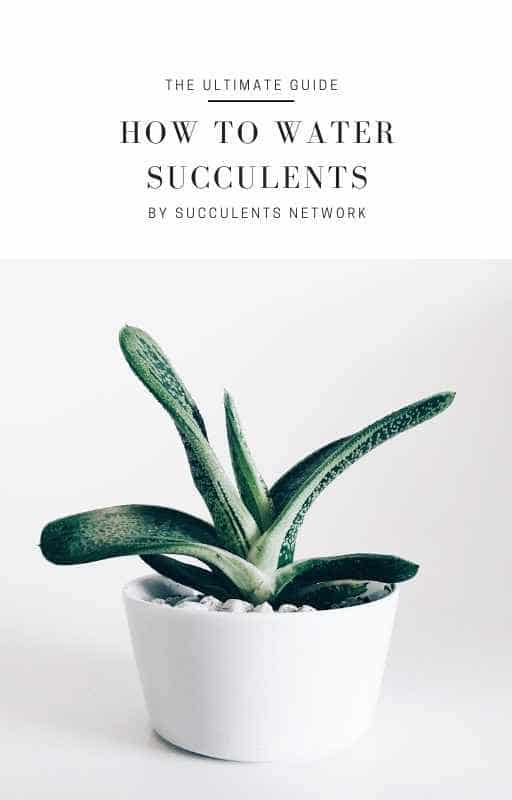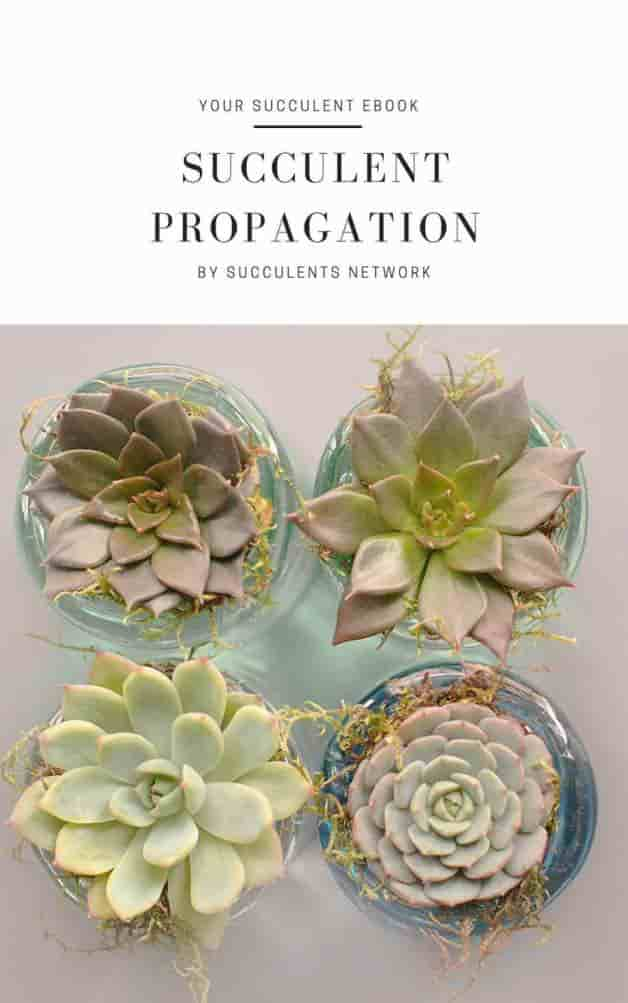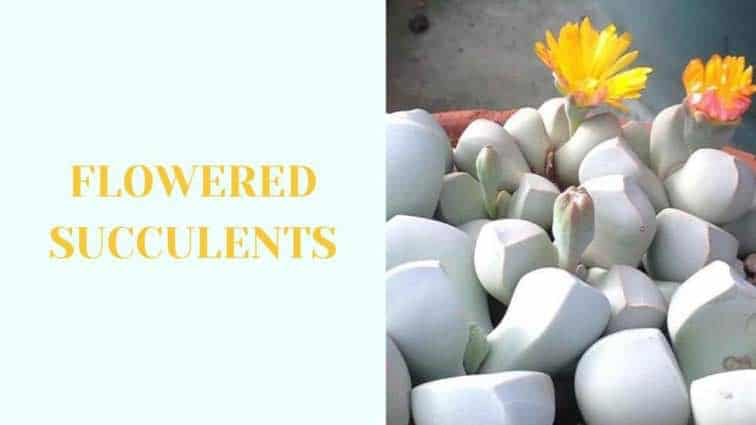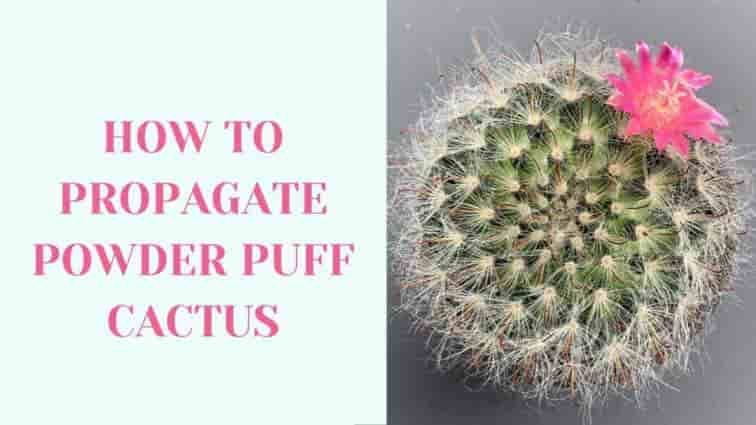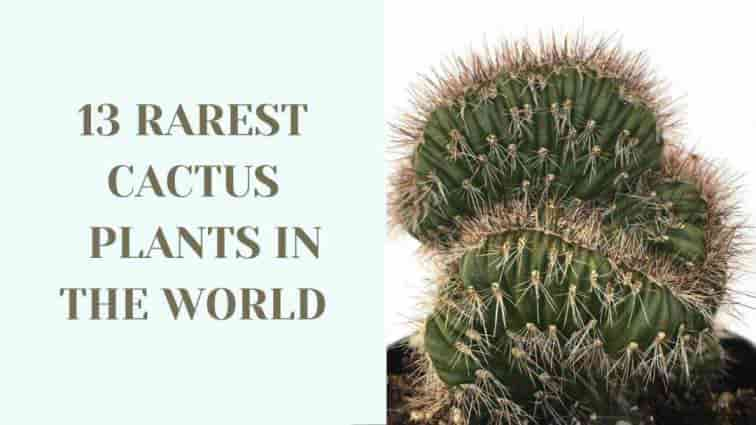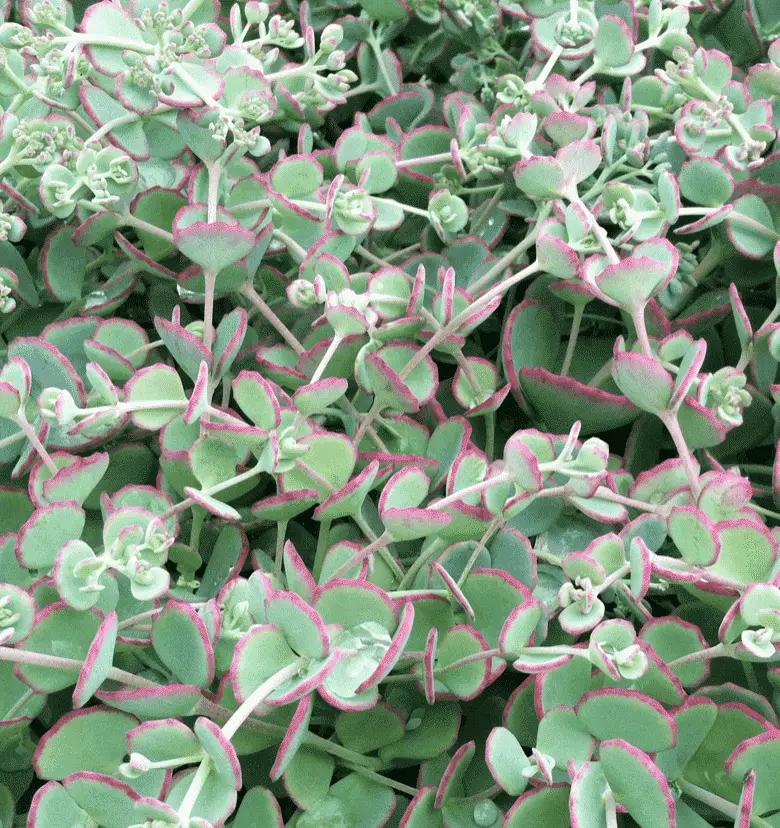
Picture via littleprinceplants
Basic Info
Sedum Sieboldii also is known as ‘October Daphne’. It is rich in green leaves tipped with pink edges. As the plant mature you can expect it to reach up to 30 cm (12″) tall and about 30 cm (12″) in diameter. The plants main feature are the green leaves with pink edges. When the plant finally flowers it will produce flowers that attract bees and sometimes hummingbirds.
Scientific Classification
Family: Crassulaceae
Subfamily: Sedoideae
Tribe: Sedeae
Genus: Hylotelephium
Care and Propagation Information
Watering
When watering the Sedum
General Care for Sedum Sieboldii ‘October Daphne’
What kind of a plant carer should select the Sedum
Quick Facts:
- Does best in full sun
- Should be grown indoor
- Similar water needs to other succulents. (See Watering Guide)
- Becomes 30.5 cm (or 12″) tall
- grows to 30.5 cm (or 12″) in diameter
- Best zoon for the plant is -28,9° C (-20° F)
- Handle cold well
- Best propagated with seeds and cuttings
- Generally not known to be toxic to people or animals
- Grows best during Spring and Fall
Where to Plant
October Daphne is a plant that grows easiest in free-draining gritty compost. The plant handles cold well, so if you live in a cold area then it is the succulent for you -28,9°C ( -20°F) When transporting the succulent from indoor to outdoor be sure to use a succulent container. It makes it easier to transport the plant indoor and outdoor.
Sedum
How to Propagate Sedum Sieboldii ‘October Daphne’
Learning how to propagate Sedum
Once the leaf is off the Sedum Sieboldii, let it sit for a few days before placing in nutritious and well-drained soil. The soil should be drenched thoroughly, never let the soil dry. Once the plant’s root has started to appear, let the plant take its time to grow.
Be sure to check our “Propagation Guide”.

